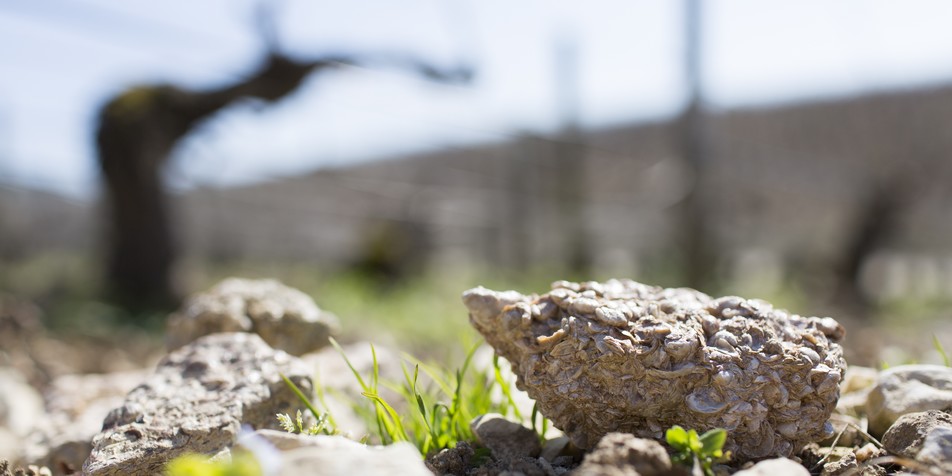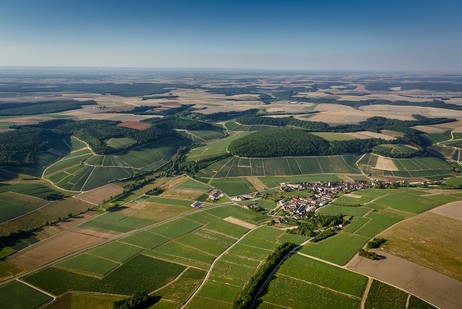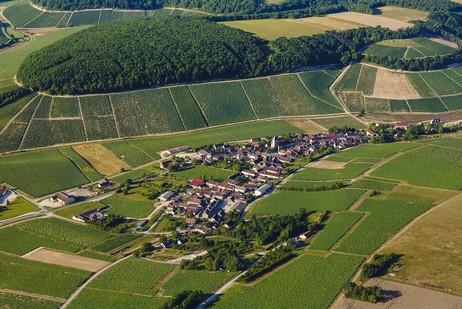Les Fourneaux, Morein and Côte des Près-Girots
Les Fourneaux, a flag-bearing Climat
Character, stories and legends
- The words beautifully reflecting the essence of this Climat: generosity and mineral finesse. A subtle balance between perfectly ripened grapes and the Kimmeridgian marls that structure the wine and bring a touch of acidity. The pleasurable wines from Les Fourneaux can be enjoyed young or aged a few years.
-
The first evidence of Les Fourneaux goes back to 1537. This lieu-dit name for a location is very common in France and was written in the singular at the time, making an explicit reference to heat. So, is it in reference to the former "fours à chaux" (lime kilns) or to the sun burning the winemaker’s or the berries’ skin? Anything is possible!
Morein
Character, stories and legends
- Morein is all about balance: the warmth and fruitiness of this Climat, brought about by its southern exposure, are counterbalanced by the Kimmeridgian marls that structure the wine with a fine minerality and a moderate acidity. Generous and cheerful, these wines are ready to drink quite young. They will be at their best after 2 or 3 years but can easily be aged a little longer! They can still be enjoyed after 5 years or more!
- Morein is quite out of the spotlight and this Climat name is little used: you will usually see it sold under the name of its neighboring flag-bearing Climat, Les Fourneaux.
- With four possible origins, it is quite challenging to pinpoint the true meaning behind the name of this Climat! For some, Morein might come from the word "moraine", meaning a mass of sediment accumulated by erosion. For others, it might stem from "moraillon" or "morillon", an old varietal planted in the Middle Ages. Some say that a family with the name "Morin" used to own the land, or that the winemakers working these vines suffered from back pain and had "maux reins" or "mort reins" (bad back/kidneys) ...
Côte des Près-Girots
Character, stories and legends
- Under the radar and often out of the spotlight, this Climat is worth the detour. Its southern exposure brings a beautiful maturity to the grapes. In the glass, it boasts the typical saltiness of Chablis wines. Due to their good structure, the wines of the Côte de Prés-Girots have a 5 or 7 year ageing potential, depending on the vintage.
- The name of this Climat is relatively unknown to the general public. Instead of Côte de Prés-Girots, the wines are usually sold under the name of their neighboring flag-bearing Climat, Les Fourneaux.
- First spelled "pré giraut" in 1429, this Climat ended up being called "la Côte des Prés-Girots" as a reference to the slope located above the fields that embraces the shape of the bottom of the valley. Gyrare in Latin refers to "giratoire" (to turn around), so by extension "Prés-Girots" would refer to fields that turn. According to the legend, this name could also refer to the Girault family or to a certain Girard, a former owner of the land.


